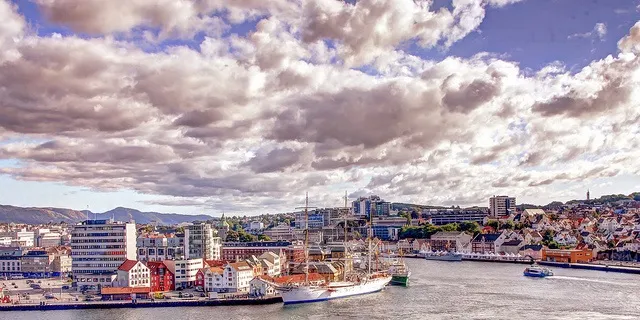AquaVision 2016: Fishmeal no longer a limiting factor for aquaculture
Feed giant Nutreco is once again bringing executives from around the aquaculture industry together to discuss the future. IntraFish reporter Lola Navarro is reporting live from the event.
